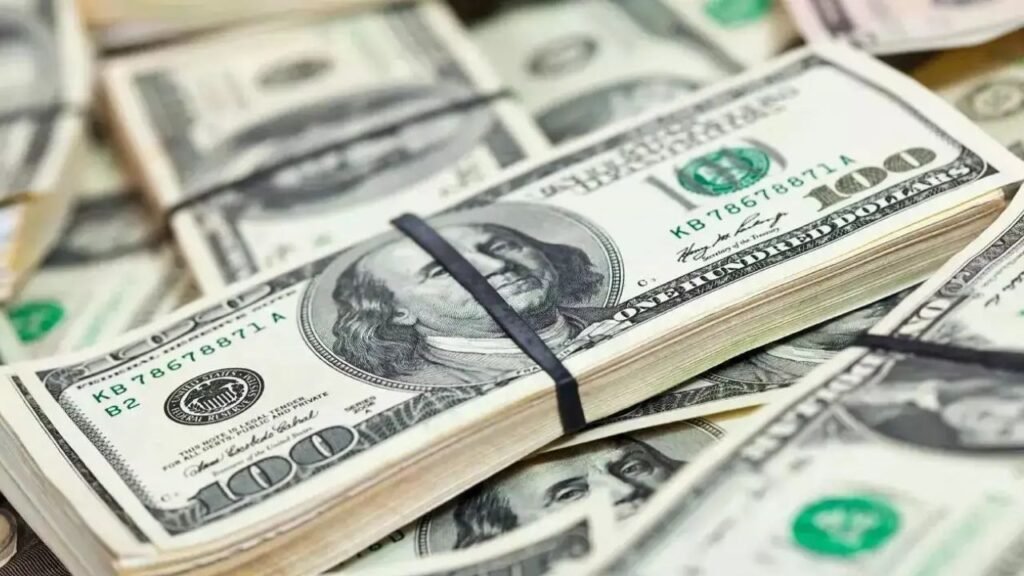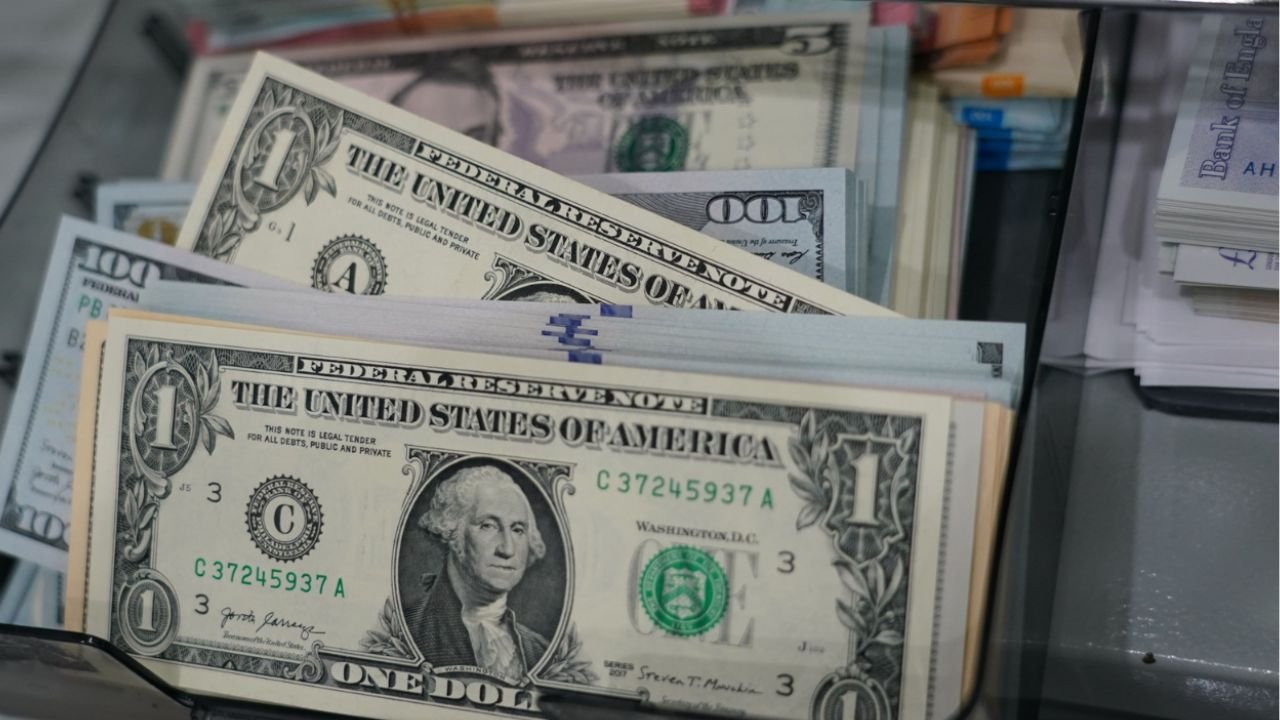The State of Alaska has officially confirmed that eligible residents will receive $1,702 in combined payments this year. This relief includes both the annual Permanent Fund Dividend (PFD) and an energy rebate designed to help families manage rising fuel and living costs. With inflation continuing to pressure households, this payout comes at a critical time and is already one of the most anticipated financial relief measures of 2025.
What Makes the 2025 Stimulus Special
The 2025 payment stands out because it combines two forms of support. Eligible Alaskans will receive $1,403.83 from the Permanent Fund Dividend and an additional $298.17 as an energy rebate. This makes the $1,702 payout one of the largest in recent years. Unlike many states that only provide indirect benefits from resources, Alaska continues its tradition of distributing oil and gas revenues directly to its residents. By including an energy rebate, the state is addressing the immediate burden of high heating and utility bills, ensuring families have some extra financial breathing room before winter.
Understanding the Permanent Fund Dividend
The Permanent Fund Dividend is unique to Alaska and has been in place for decades. Funded by oil and gas revenues, it ensures that residents directly benefit from the state’s natural resources. In 2025, the PFD alone accounts for over $1,400 of the total payout. For many households, this money is more than just extra cash it often goes toward essentials like groceries, school supplies, winter clothing, or heating costs. This year’s addition of the energy rebate makes the dividend even more meaningful, especially with energy prices continuing to rise.
Who Qualifies for the Payments

Eligibility for the 2025 stimulus checks is based on strict residency and compliance rules. To qualify, you must have been a legal resident of Alaska for the entire previous year and must intend to remain in the state indefinitely. In addition, applicants must have spent at least 72 consecutive hours in Alaska within the last two years. Individuals with recent felony convictions or disqualifying criminal histories may not be eligible. These rules are in place to ensure that only long-term residents and committed members of the community benefit from the payments.
How the Payment Amount Was Decided
The $1,702 figure did not come without debate. Initially, Governor Mike Dunleavy proposed a much larger payout of around $3,500. However, Alaska lawmakers opted for a 75/25 formula, directing 75 percent of earnings to fund essential state services and 25 percent to residents through the PFD. Higher-than-expected oil revenues allowed legislators to add an extra $298.17 energy rebate, balancing financial responsibility with much-needed household support.
Payment Schedule for 2025
The Department of Revenue has already outlined when residents can expect their checks. Catch-up payments for eligible 2024 applicants are being distributed on August 21, 2025, and September 11, 2025. For the main 2025 payments, direct deposits will be made on October 2, 2025, while paper checks and pending deposits will be sent on October 23, 2025. To avoid delays, residents must confirm that their banking and mailing information is accurate in the myPFD portal by the August 31, 2025 deadline.
Tax Rules for This Year’s Payment
It’s important to note that the Permanent Fund Dividend of $1,403.83 is taxable income under federal law and must be reported when filing taxes. On the other hand, the energy rebate of $298.17 is tax-free, meaning residents can use it in full without worrying about deductions. This mix of taxable and non-taxable funds makes it important for families to plan ahead during tax season.
Why These Payments Matter in 2025
The rising cost of living has left many households stretched thin, and Alaska’s 2025 stimulus checks provide much-needed relief. Whether used to pay bills, buy fuel, or cover everyday expenses, these payments represent more than financial aid they are a reminder of Alaska’s commitment to sharing its resource wealth with its residents. At a time when many Americans are struggling, Alaskans benefit from a unique system that ensures the prosperity of the state’s natural resources is felt directly in people’s wallets.

